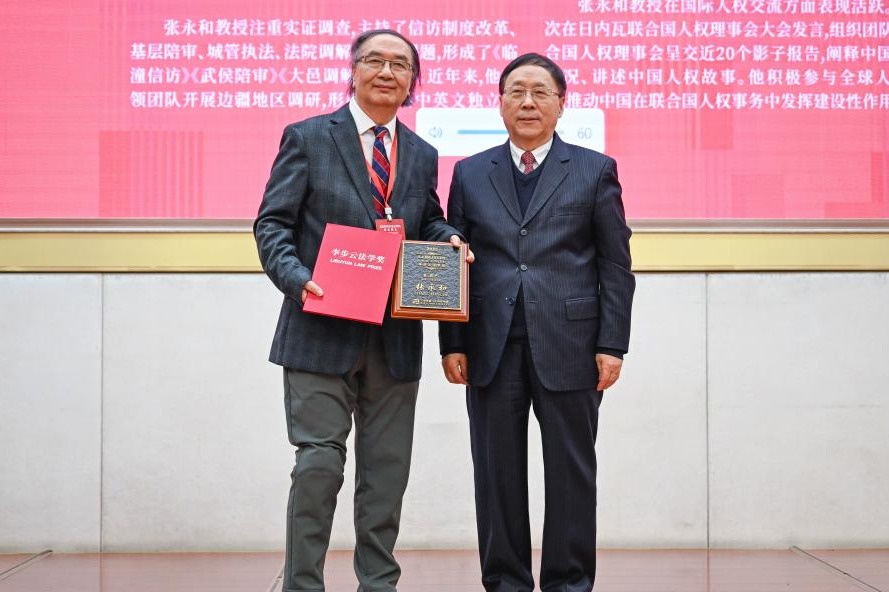Larger font sizes urged for drug information labels

Authorities in China are promoting the use of large font sizes in physical and electronic versions of drug information labels and leaflets to address the diverse reading needs of patients.
According to the latest guidelines, any titles, warnings or names on the labels should be prominent and may be enlarged and in bold.
The National Medical Products Administration recently released the guidelines to enhance patient safety, following mandatory provisions for drug information labels and leaflets in the Law on Barrier-Free Environment Construction, which was discussed by the National People's Congress Standing Committee, China's top legislature, and came into effect from Sept 1.
Electronic versions of the leaflets should support zoom in or out functions, and should not exhibit noticeable font and layout differences when displayed on different devices.
Advertising plugins, especially those related to payment, and inducement buttons are prohibited to ensure comprehensive access to drug information by patients and professionals, the document said.
The issue of tiny fonts in drug information leaflets has long been a public concern, impacting the safety of medication use and hindering accessible information, according to the Supreme People's Procuratorate.
To address these concerns, the SPP has directed procuratorates in regions such as Shanghai and the provinces of Jiangsu, Guangdong, Zhejiang and Hunan to explore public interest litigation.
These efforts have encouraged some major pharmaceutical companies to lead the transformation of leaflets into a barrier-free format, including the addition of QR codes, voice prompts and other enhancements, said Xu Xiangchun, head of the SPP's eighth procuratorial office.
"Although there are no national mandatory regulations and standards for the text layout of drug information leaflets, public feedback indicates that these leaflets often do not meet clear and distinguishable requirements, affecting medication safety," he said.
Procuratorial authorities have used roundtable meetings and procuratorial suggestions to encourage administrative departments to advance the user-friendly transformation of drug leaflets, he said.
In a case handled by the Lianyungang Procuratorate of Jiangsu in February last year, on-site investigations and surveys by prosecutors revealed that the small font size of drug information leaflets created reading barriers, especially for the elderly.
In April last year, the procuratorate filed a case for investigation, noting that although laws and regulations do not explicitly specify the font size for drug information leaflets, they stipulate that the text should be "clear and distinguishable".
The procuratorate urged the local drug administration and market regulation departments to fulfill their supervisory responsibilities in the production and sales of drugs. It organized a roundtable meeting involving government officials, legislators, political advisers and pharmaceutical companies to promote the user-friendly transformation.
The procuratorate also issued pre-prosecution procuratorial recommendations to the drug and market regulation authorities, encouraging them to promote the user-friendly transformation of leaflets within existing legal provisions and without significantly increasing printing costs.
After nearly two months of rectification, the procuratorate conducted a review, finding that some leaflets had been revised, and others requiring action were still in the process of rectification.
- Archives detailing crimes of Japanese unit released
- 'Reservoirs of primordial water' may be buried deep within Earth
- China remembers victims of Nanjing Massacre, 88 years on
- China's Kuaizhou-11 Y8 rocket launches space experimental spacecraft into space
- Relic dates Jinan founding to around 4,200 years ago
- New rocket set to debut soon, launch six satellites




































